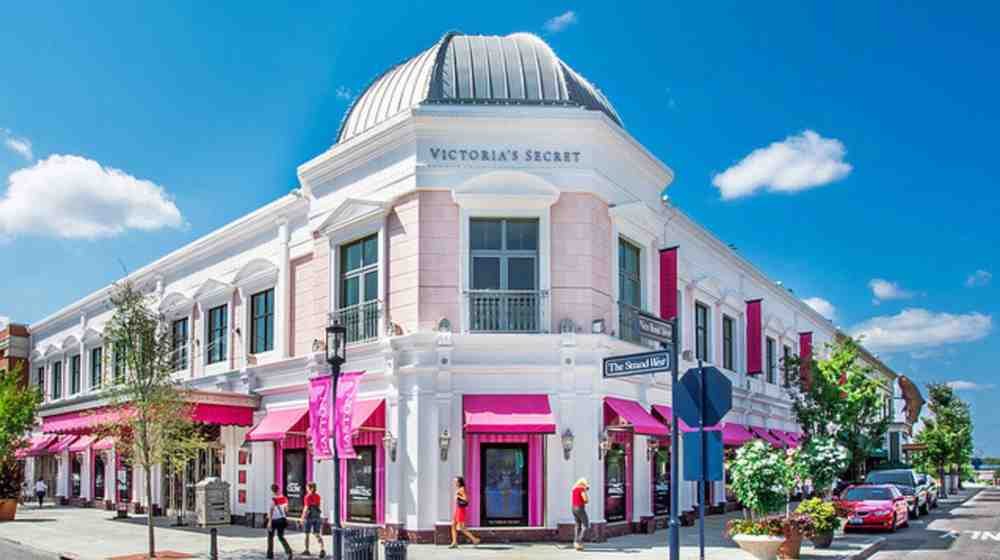Victoria’s Secret didn’t arrive overnight. Behind the lace and glamour lies a winding journey full of bold pivots, cultural moments, controversies, and reinventions. The following deep dive traces its rise, evolution, and hidden twists that shaped one of the world’s most talked-about intimates brands.
1. Founding a Fantasy: How It All Began
In 1977, Roy Raymond and his wife Gaye set out to change how lingerie was sold. Raymond, embarrassed walking into department store lingerie sections, envisioned a boutique where men (and women) would feel comfortable browsing.
He borrowed approximately $80,000—half from family and half from the bank—to open the first Victoria’s Secret store at Stanford Shopping Center, Palo Alto, California.
The name “Victoria’s Secret” evoked a Victorian-era sensibility—refined, romantic—while hinting at the hidden “secret” beneath clothing.
Early success came via catalog sales. By 1982, the mail-order catalog contributed over half of the company’s $7 million in revenue.
However, the trajectory changed in 1982 when Raymond sold Victoria’s Secret to Leslie Wexner of The Limited for a reported $1 million. Wexner redesigned its focus—broadening appeal and refining branding toward aspirational everyday wear.
2. Evolution & Expansion: From Catalog to Global Brand
Catalogs, Stores & Beyond
Under Wexner’s leadership, Victoria’s Secret scaled rapidly:
Store growth exploded: from a handful of boutiques to nearly 100 by the mid-1980s.
Catalog became a style bible—photography, styling, layout—setting trends across fashion mailers.
In 1998, the brand launched its e-commerce site, embracing the digital shift early.
New Pillars: Beauty, PINK & International Reach
As lingerie became a household name, ventures into adjacent domains followed:
Victoria’s Secret Beauty (cosmetics, fragrances, body care) became a major revenue stream.
PINK emerged in 2002 as a sub-brand targeting younger women and college demographics.
Global expansion: franchising, flagship stores abroad (UK, China, airports) entered the mix.
Peak & Decline
At its zenith (circa mid-2010s), Victoria’s Secret controlled roughly 30–40% of the U.S. intimate apparel market. But as consumer tastes shifted—demanding inclusivity, comfort, and authenticity—its dominance waned.
In 2016, the print catalog was retired, signaling a pivot point. Increasing backlash over narrow beauty standards and controversies involving key executives accelerated public critique.
3. The Allure (and Critique) of Victoria’s Angels
“Victoria’s Angels” were more than models—they became icons. Introduced in the mid-1990s, they embodied the fantasy side of the brand. Over time, fewer than 50 models held formal “Angel” roles—each departure or addition made industry headlines.
However, this branding also courted critique:
Casting practices faced scrutiny—especially for excluding plus-sizes or transgender models.
In 2019, after comments from then-CMO Ed Razek about “fantasy” arguments that excluded trans or plus-size participation, the brand canceled its iconic fashion show.
With shifting cultural expectations, the “Angel” paradigm has evolved—or deconstructed—in recent years.
4. Wealth, Ownership & Corporate Turbulence
Money Moves & Sales
At its peak, Victoria’s Secret generated net sales of around $7.78 billion (circa 2016) before revenues began softening. Its brand value and reach were dominant—but the financial headwinds grew.
Ownership Changes & Scandals
Following the 1982 sale, Victoria’s Secret remained under Wexner’s L Brands umbrella (later rebranded) for decades. In 2020, L Brands attempted a sale to Sycamore Partners, but complications—including pandemic conditions—derailed initial plans.
By 2021, Victoria’s Secret spun off as a standalone entity, trading as VSCO on the NYSE. Its new management ushered in branding shifts and refresh strategies.
During this transition, allegations of a toxic culture—including misogyny, bullying, harassment, and ties to Jeffrey Epstein—surfaced. Lawsuits and investor pressure mounted.
5. Where It Stands Now (…And What’s Less Known)
Present Landscape
Today, Victoria’s Secret continues as a multifaceted brand offering lingerie, sleepwear, activewear, and beauty lines. Its stores and digital channels are undergoing strategic rejuvenation.
In recent financial reports, signs of recovery appear: sequential sales growth (especially in North America) and improved operating income after prior declines.
Hidden & Unexpected Facts
The iconic Fantasy Bra—an annual extravagance—has sometimes been worth millions of dollars in gems and value.
Steve Jobs once praised Wexner’s specialty retail vision—attributing to it inspiration for Apple’s Apple Stores.
Victoria’s Secret once manufactured bras in Guduvancheri, India (close to Chennai), among other global production sites.
Catalog paper once included mandates for recycled content and avoided controversial pulp sources amid environmental pressure.
An activist investor group in 2025 pushed for board overhaul and refocusing priorities on core lingerie lines.
The Fashion Show is slated to return in 2025, after being canceled in 2019, blending original Angels with inclusive casting.

